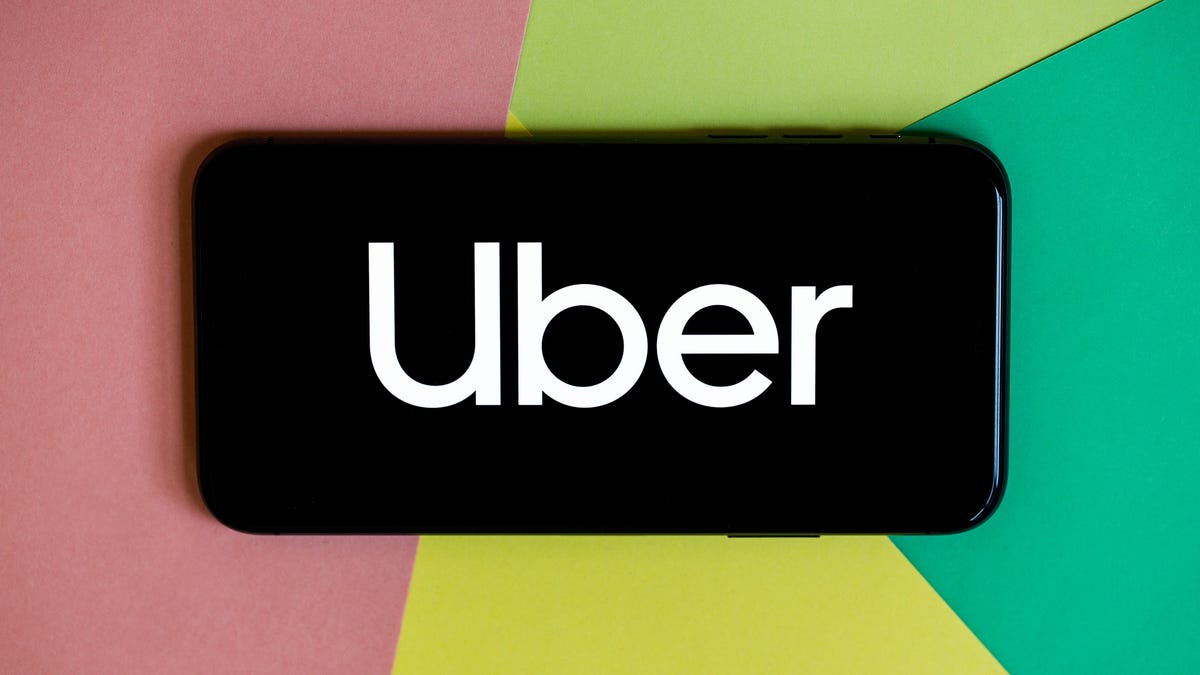Uber aims to keep riders safe with new seatbelt reminder
Before a trip begins, you'll receive an alert to buckle up.

This is the just latest measure Uber has taken to increase road safety.
Uber has a new safety feature that aims to encourage riders to buckle up. Starting Tuesday, riders in the US will receive an alert on their phone at the start of their trip as a reminder to wear their seatbelt. The concept is simple and automatic: as soon as the driver swipes to begin the ride, a push notification will be sent to the rider's phone and a subsequent audio alert will emit from the drivers phone.
Motor vehicle crashes are a leading cause of death for people under 54 years old, according to the US Centers for Disease Control and Prevention. NHTSA data shows that traffic deaths are reaching historic highs, with an estimated 31,720 deaths related to motor vehicle traffic crashes from January through September 2021 -- an approximate 12% increase from the first nine months of 2020.
Uber wants to do its part in helping curb these statistics and believes that timing might be the key aspect to making this feature as effective as possible, said Kristin Smith, Uber's head of Global Road Safety Policy.
"We're really focused on delivering the right message at the right moment," Smith said. "And we think [the start of the trip]'s the right moment to get people in the habit of buckling up and remembering that no matter how far you're going, no matter where you're sitting in the car, you should be wearing your seatbelt."
A 2017 survey conducted by the Insurance Institute for Highway Safety, a nonprofit funded by auto insurance companies to reduce motor vehicle-related accidents and deaths, found that 28% of the 1,172 respondents don't always buckle up when sitting in the rear seat of a car. Smith said one of the main goals of this feature is to minimize backseat riders assuming they don't need to buckle up unlike front-seat riders.
While there won't be a specific penalty to riders who do not buckle up, Uber will be gathering feedback from drivers and riders alike to track how many people buckled up for their ride and to measure if one phone notification was effective enough in getting a passenger to use their seatbelt.
Over the last several years, Uber has rolled out a series of new safety features and services from allowing riders to report nonemergency incidents to allowing drivers and riders to record the audio of their trips. Earlier this year, Uber also signed on to support advocates calling for the federal government to make a Vision Zero commitment. Vision Zero is a global initiative that aims to end traffic-related fatalities and serious injuries.

